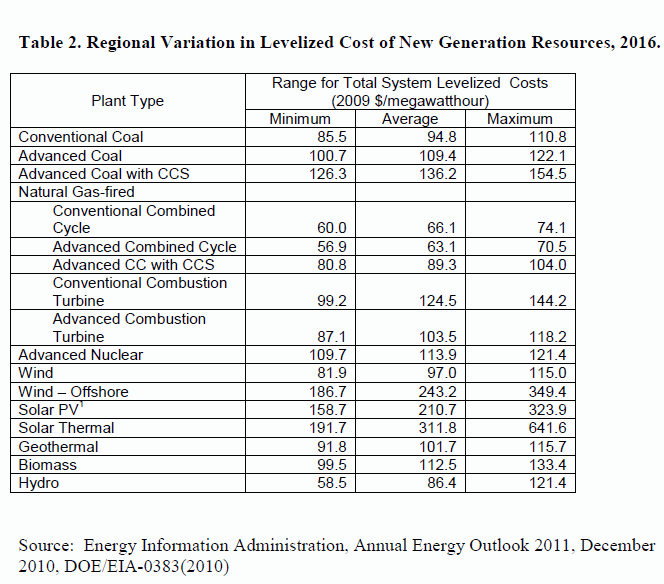Working with Wind Turbines: Various Facts on the Wind Energy Market
Throughout our rich company history, Barnhart has worked in several different energy markets. From nuclear to coal, we’ve done jobs in almost every type of power plant.
Because of the rising demand for cleaner energy, lower costs of wind energy on the whole, and recent tax credits for wind turbine construction, Barnhart has spent significantly more time on wind turbine erection projects in the recent past.
As a result, we wanted to provide some various facts on the wind energy market.
1. How much does wind power cost? A 2009-2010 study by the U.S. Energy Information Administration demonstrated that land-based wind turbines cost $97.00 per megawatt-hour. This compared pretty well to the fossil fuels, the conventional source for U.S. electricity as fossil fuels accounted for more than half of energy production. See the results of that study below.
*For an explanation of the study, please click here.
2. What are the different types of wind turbines? Generally, wind turbines divide into two categories: vertical axis wind turbines (VAWT) and horizontal axis wind turbines (HAWT). The axis refers to the main rotor shaft, as it could either be positioned vertically or horizontally.
HAWT’s typically produce electricity much more efficiently because of higher rotational speeds and a lower power coefficient. For an in depth study on efficient wind turbine modeling, check out this study by AWS Truepower.
3. How much electricity do wind turbines produce? The potential output of electricity by wind turbines continues to rise, as the worldwide nominal capacity of wind power, or the maximum possible output of electricity, rose 37,642 megawatts from 2009 and reached a total of 196.630 gigawatts in 2010. To put this into perspective, the nominal capacity of coal power totaled 338.732 gigawatts in 2009.
The capacity factor for wind turbines, or the percentage of actual output over the theoretical output, generally ranges from 20-40%. Though that percentage does not seem very high, the World Wind Energy Association explained the magnitude of wind power’s potential reach in its 2010 report:
“All wind turbines installed by the end of 2010 worldwide can generate 430 terawatt-hours per annum, more than the total electricity demand of the United Kingdom, the sixth largest economy of the world, and equaling 2.5 % of the global electricity consumption.”
3. How do wind turbines generate electricity? The good folks at the U.S. Department of Energy put together this short, yet informative, video that simply explains how wind turbines generate electricity.
Barnhart provides transport and erection services in the wind turbine construction industry. On top of that, we also plan all of the logistics associated with the turbine project.
To learn more about our services in this industry, click on over to our wind market page.

